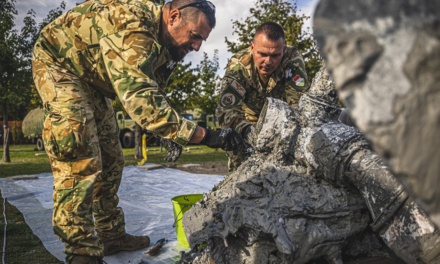On the western edge of the Keszthely plateau, you can mostly read about Vindornyafok when the blood plum trees bloom in spring on the road leading to the settlement, offering a wonderful sight to the passers-by.
The history of Vindornyafok
The settlement was first mentioned in 1358 as a noble village. You should also know that in 1508 the large landowner Sárkány family also acquired a part of the village, but the owner of the serf part was largely the Derecskei family.
At the beginning of the 16th century, the dwarf village had rich agricultural lands and vineyards, but from 1548 it was completely depopulated due to continuous Turkish attacks in 1615.
For more than a hundred years, history has been silent about Vindornyafok, and only a 1773 survey mentions its population as being of German nationality.
From the 19th century, the Festetics mostly acquired the lands of the nobles, in the middle of the village there is a mansion that belonged to them. This is the mayor's house today.
to Zaol , Attila Hág, the mayor of Vindornyafok, introduced the readers to the daily life of the village this time, proudly telling about their developments and the fact that more and more foreigners live in the settlement.
They received a village caretaker's bus, a water block was created at the funeral home, energy development was carried out at the municipal headquarters, the doctor's office and the community center, they were also able to buy medical instruments, and the indoor community space, which can accommodate eighty people, was completed next to the sports field.
- listed Attila Hág.
65 families live in Vindornyafok, the population is 137.
Swiss, Belgians, Austrians and Germans live here in beautiful, renovated houses
- the mayor told the portal, adding: the village only has one building plot, so they are thinking of creating a new street in their construction plan. However, this could only be done from the land of the people who live here, because the municipality no longer has a square foot of land that can be sold.
Featured image: István Balog













